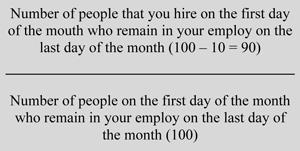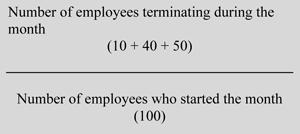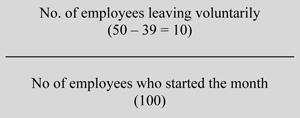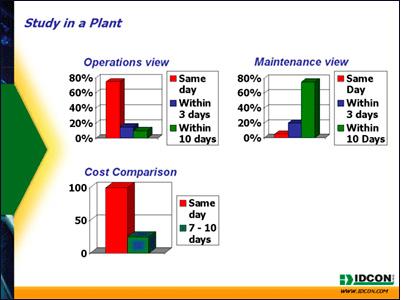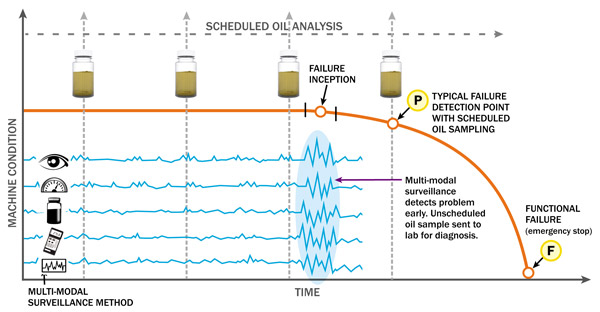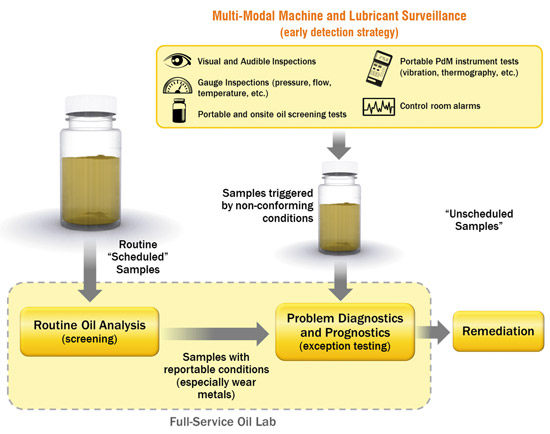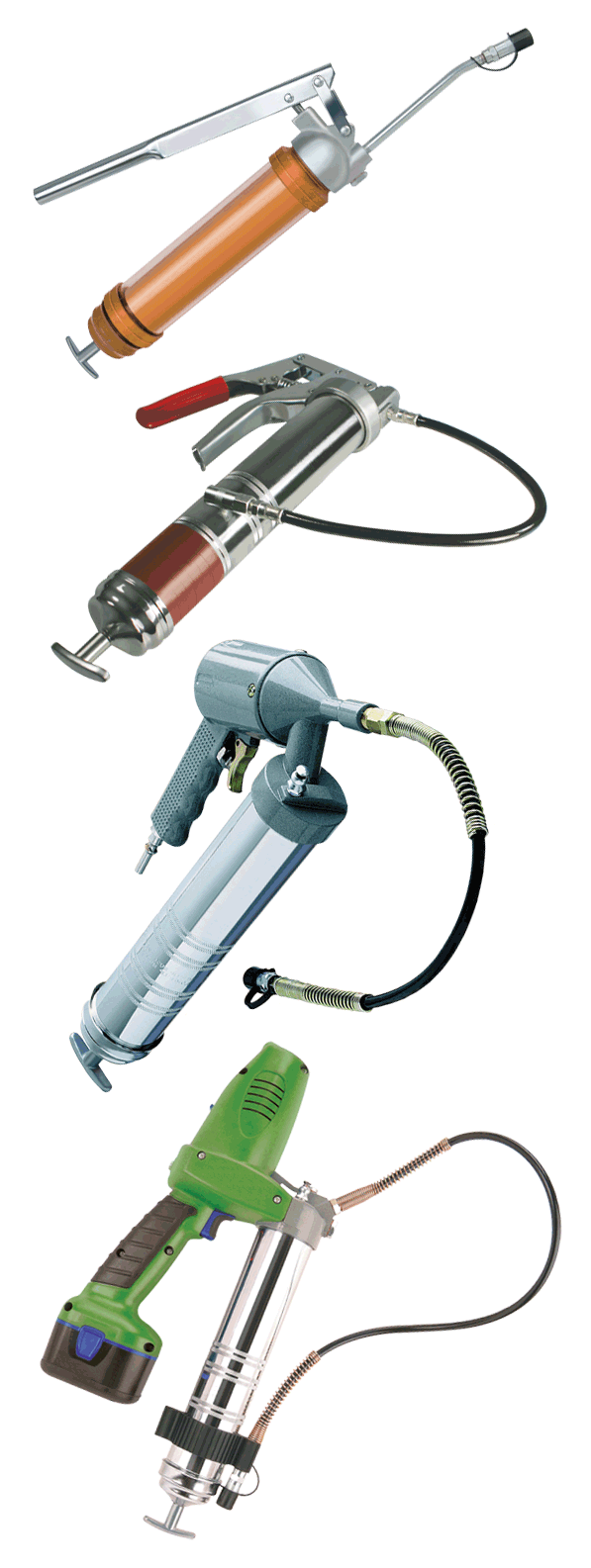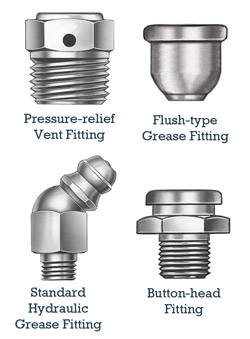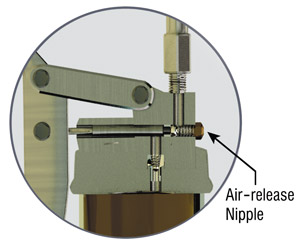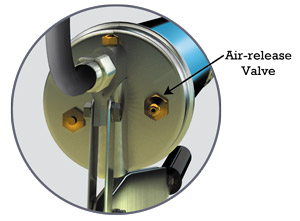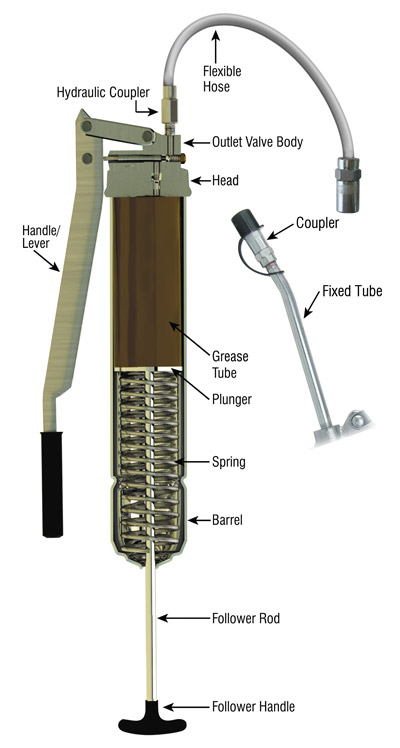Leaders today are facing the most complicated workforce in the history of corporate America. For the first time ever, four generations are working side by side, each at different life stages, and each with conflicting perspectives, expectations and needs.
The members of each of these groups – the Traditionalists, Baby Boomers, Generation X and Generation Y – have largely been shaped by the social and economic events that have occurred during their lifetimes, and each group has very different perspectives and expectations as they relate to jobs and leaders.
The Multi-Generational Workforce
The following is a brief description of each of the four generations, including their characteristics and the social and economic conditions that shaped these people's values and work ethic. Please note that there is more than one opinion on the actual dates used to identify the lines between generations, so it is possible you may have read or heard slightly different dates.
Traditionalists
This generation is also referred to as the veterans or the silent generation. There were 52 million Traditionalists born between 1901 and 1942. They are the keepers of the workplace Holy Grail of yesterday and a pain in the neck to the action-oriented boomers and technology-savvy Xers. While it is true that they are nearing the end of their full-time work life (less than 5 percent are active in the workplace today), they are still solid, no-nonsense performers who tend to exhibit the following characteristics:
- American values
- Civic pride
- Loyalty/dependable
- Respect for authority
- Disciplined (value obedience over individualism)
- Believe in the concept of law and order
- Live by the adage, "An honest day's pay for an honest day's work."
- Oriented to the past (may say things like, "In my day …")
- Conformers
- Logical
The Traditionalists grew up in the industrial age where wonderful, grand inventions made life easier (automobiles, railroads, motels, service stations and air travel). Manufacturing offered consistency in processes and unheard of conveniences as well as guaranteed income. Many of this generation abandoned farms that had dried up during the great Dust Bowl of the 1930s and went to work in the factories in the cities. When the country called for service during World War II, they served with pride and without hesitation. This generation lived through the Great Depression and the Dust Bowl, learning self-discipline to survive. They did not live beyond their means and learned to work hard to take care of their families.
In general, this generation believes in doing the right thing. Decisions and actions should be logical and justifiable. They are disciplined and dislike confusion. They may be resistant to change and need all of the information to make a decision or to be convinced to change. They do not take work for granted, and they have a strong sense of responsibility to family and the job.
The Traditionalist's leadership manner tends to be that of a directive leader with a command-and-control style. Traditionalists will have difficulty in an open and empowered environment, preferring to be the executive decision-maker with the expectation that people will do what they are told.
As the leader, they expect that they will be followed unconditionally as they did when they were the employee. They did not question the boss, and they expect their decisions will be honored without question. They may exhibit traits of the "Type A" manager with a "My way or the highway" attitude. As you can imagine, this leadership style does not sit well with the younger generations, especially X and Y.
You can assist the Traditionalist leader by:
- Being patient but firm
- Clearly articulating the rules or parameters of the company culture
- Coaching them on their people skills
- Assisting them with change
- Providing information in a timely manner
- Respecting and valuing their life and work experience
- Holding everyone accountable for performance and behaviors
Baby Boomers
Born between 1943 and 1960, the Baby Boomer generation, at 76 million, is the largest ever born. Baby Boomers can be broken into two groups: those born in the 1940s and those born in the '50s. There are subtle differences. Those born in the '40s may also exhibit some Traditionalist attributes and characteristics. This generation is best known for their "Peter Pan" syndrome attitude toward life. You may have heard a Baby Boomer say, "50 is the new 30." They are having too much fun to grow up.
Overall, Baby Boomers grew up in optimistic, positive times of economic growth and expansion. The Vietnam War is the defining moment for Boomers. They were the first generation to buck authority and question the country's leaders, protesting the Vietnam War and defecting to avoid service, unlike the Traditionalists who jumped at the chance to serve their country in World War II.
Children of Traditionalists who had found relative stability in the factory and industrial jobs, these children were coddled and nurtured. Their Traditionalist parents wanted to provide them with the things that they did not have. Baby Boomers were told that they were talented and smart and could be anything they desired. As a result, they grew up believing in themselves and their ability to accomplish anything. For the typical Baby Boomer, no challenge is too big. They aggressively tackle problems and have a strong desire to succeed.
Because they are driven to succeed and want to please, they are the generation known for their "live to work" philosophy. In general, Baby Boomers can be characterized by their:
- Passion about participation and spirit in the workplace
- Belief in civil rights, empowerment and diversity
- Belief in growth and expansion
- Pursuit of personal gratification
- Service orientation
- Drive and ambition
- Ability to build and maintain relationships
- Desire to please (family, friends and bosses)
- Lack of interest in all things budget-related
As leaders, you can expect Baby Boomers to demonstrate a consensual style of leadership. They prefer to get everyone involved, consider everyone's ideas and are concerned about the feelings of others. They bring heart and humanity to the office, preferring to create a level playing field for all. They are excellent at building and maintaining relationships.
Baby Boomers are change agents. They believe in growth and expansion and will seek new opportunities to be successful, in turn creating success for the organization. They are very service-oriented and tend to thrive in service-industry roles. They will work hard to achieve goals, and it is not unusual for their goals to be tied to the goals of the organization. They will look for companies whose values align with theirs; and when they find those companies, their loyalty is unmatched.
It's important to know that Baby Boomers like tangible rewards. The rewards do not have to be big or include money. They will certainly value a superior's adulations, but when those adulations come with certificates or small takeaways that can be shown to family and friends, you will find that they will give exceptional levels of service.
There are several challenges for Baby Boomers as leaders. Because they want everyone to be happy, they tend to avoid conflict. It may be very difficult for a Baby Boomer leader to hold people accountable, especially if it involves reprimanding and/or firing someone. They are also not generally budget-minded, as evident in this "plastic generation's" mountain of personal debt. This does not mean that they cannot become competent at budgeting. However, you will find that this is a task they will prefer to delegate if possible. Because the Baby Boomers tend to be self-focused, they may not be open to others' ideas and tend to be poor listeners.
You can assist Baby Boomer leaders by helping them to:
- Learn to actively listen
- Develop budgeting skills
- Learn skills for holding people accountable for delivering results
- Stay focused on project goals
Generation X
Born between 1961 and 1980, this generation, the first children born to the Baby Boomers, are referred to as the latch-key kids. While their parents were working their way up the corporate ladder and working long hours, the Xers came home and took care of themselves. A relatively small generation, approximately 51 million born in the United States, this group saw their parents working incredibly long hours with little free time. Consequently, the Xers made a choice, and that choice was to work to live. Don't be misled; the Xers can be driven in their work if what they want requires it.
One of the biggest misnomers is that the X generation is lazy and does not want to work. These comments are most often made by Boomer or Traditionalist bosses, and this could not be more wrong. Xers just see work differently. They see it as a means to end, not their life. They're willing to work hard but would prefer that the work happen on their terms.
The X generation grew up during more uncertain times. They are the generation that graduated from college and were not able to find a job in their field. They are the children of a 60-percent divorce rate, so they often were raised by one parent or shuffled between parents. They are the first generation of children to experience terrorism on our soil.
Because they learned to take care of themselves at an early age, this generation tends to exhibit the following characteristics:
- Edgy and skeptical
- Change masters
- Technology savvy
- Self-reliant and unimpressed by authority
- Private/keep their own counsel
- Have a non-traditional sense of time
- Are non-conformists and unimpressed by authority
As leaders, they tend to be fair, straightforward and competent. Their communication style is open and honest, and they tend to "tell it like it is."
Challenges for Xers as leaders are that they can be more focused on the task rather than the people. They do not necessarily build relationships easily, and their communication style tends to be brutally honest.
You can assist the Generation X leader by:
- Helping them to focus on building relationships
- Teaching them soft skills (e.g., coaching and counseling) that complement their technical and operational skills
- Assisting them in developing people-oriented communication skills
- Explaining the "why" behind policies and procedures
- Being frank and honest in your communications with them (i.e., say what you mean)
Generation Y
Born between 1981 and 2000, this generation, also called the Echo generation because they closely echo their Boomer parents' attributes and characteristics, is the result of parents who felt guilty about how they raised their Xer children. These parents were devoted to this generation and its needs, making time in their schedules to be soccer moms, little-league dads and making sure that they enjoyed life. There were swimming lessons, dancing lessons, camp and any other form of activity that would make the Generation-Y children happy. As a result, these children led a structured and sheltered life, tending to have great relationships with their parents, believing them to be cool and more like friends.
Because of their diverse activities and exposure to many different kinds of people at an early age, much of it through technology, they are very global. They do not know of a time without the Internet. They have Internet pen pals all over the world.
Generation Y is worldly and very accepting of differences in people. They often see these differences as an opportunity to learn new things and make new friends. They are the most diverse generation ever born, judging people for who they are rather than their ethnic origins, race, religion or sexual orientation.
Having grown up during a time with little strife, a booming economy, doting parents and unprecedented technological advancements, the Y generation tends to exhibit the following characteristics:
- Hopeful and optimistic
- Coddled and nurtured
- Educated
- Technology savvy – even more so than the X generation
- Respect and revere their parents
- Resist traditional categorization by race, religion or sexual orientation
- Look at things non-traditionally
- Multi-taskers and easily bored
- Global
For managers, this generation is the most baffling. Compared to the X generation that required little motivation, were self-starters and did not need micro-managing, the Y generation needs structure and specific direction with follow-up. As more of this generation enters the workforce, companies should begin now to prepare for new ways to recruit, hire and retain these employees. Orientation programs are a must-have, and the style of orientation program must transition from lecture to interactive if companies are to keep the Gen Yers' interest and ensure that they retain the information necessary to deliver on the organization's goals. On-the-job training must be specific, detailed and structured, with check-in and follow-up phases built into the training.
Once they are onboard, the following tips for leading the Y-generation employees will help to create an environment that will retain these employees and ensure that they are motivated to be productive:
- Explain the "why"
- Involve them and ask their opinion
- Treat them and others with respect
- Make time for orienting them
- Provide supervision and structure
- Use a team concept
- Offer more and quality training
- Offer mentoring
- Recognize and reward
Generation Yers have yet to move into the workforce management ranks in big numbers. The youngest are in middle school, and the oldest have recently graduated from college. So while it is not yet known what type of mangers this generation will prove to be, some indications are that they will be more like their Boomer parents, exhibiting a consensual, people-focused style of management.
Leading the multi-generational workforce can be challenging and rewarding, providing opportunities to capitalize on diverse ideas and work styles that bring innovation to the organization. Great leaders will learn to tap into the resources of the multi-generational workforce, mitigate conflict and leverage the varied talents of each employee.
Important Note
One caution I would give in studying this type of information is that there is a real danger of putting people in a box and stereotyping them based on the era in which they were born. Keep in mind that there are Traditionalists who love change and Baby Boomers who hate public recognition. I've said this many times before, and it has become my mantra for leaders: "The best strategy for leading your teams is to know each person as an individual." However, this information can be very useful for understanding how to best motivate, identify and solve conflicts within, and hire for your team.

 John Cummins is vice president of product technology at Hydrotex®, a manufacturer and distributor of high performance lubricant and fuel improver solutions. He is the Dean of Hydrotex Lubrication University, a comprehensive lubrication education program for the sales field and Hydrotex customers. He is a certified lubrication specialist by the Society of Tribologists and Lubrication Engineers (STLE). www.hydrotexlube.com
John Cummins is vice president of product technology at Hydrotex®, a manufacturer and distributor of high performance lubricant and fuel improver solutions. He is the Dean of Hydrotex Lubrication University, a comprehensive lubrication education program for the sales field and Hydrotex customers. He is a certified lubrication specialist by the Society of Tribologists and Lubrication Engineers (STLE). www.hydrotexlube.com




 As you begin a new year in your organization, you must commit resources to answer the latest challenges and bring success to the bottom line. One of the main concerns in many companies is employee well-being and health. Indeed, to meet all of the challenges you face this year, you will need to ensure that your workforce is engaged and healthy.
As you begin a new year in your organization, you must commit resources to answer the latest challenges and bring success to the bottom line. One of the main concerns in many companies is employee well-being and health. Indeed, to meet all of the challenges you face this year, you will need to ensure that your workforce is engaged and healthy.